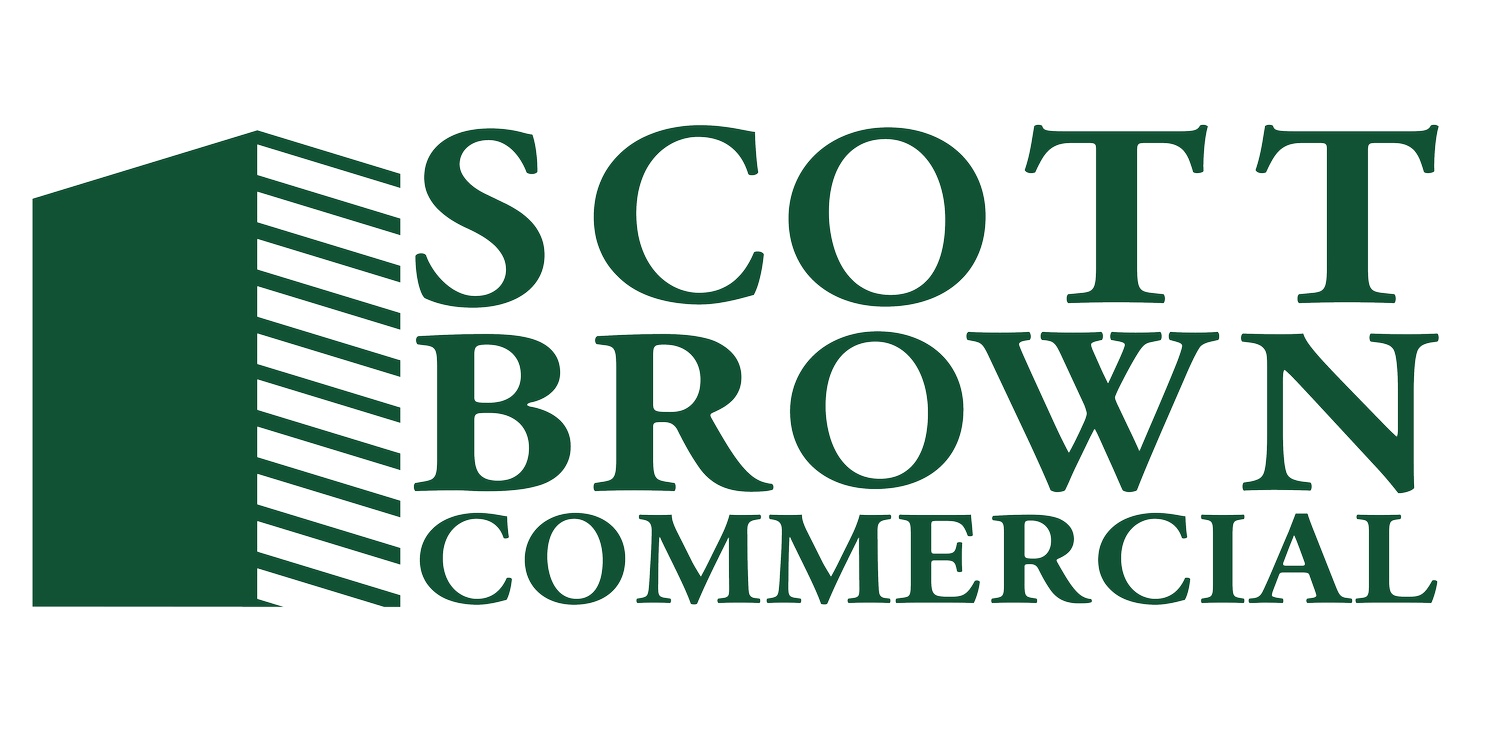
2025 Dallas-Fort Worth
Market Trends
DFW real estate is shifting fast — are you in the know? From rent trends to hot spots for new builds, we’ve broken it all down. Get the insights you need to stay ahead.
COMMERCIAL MARKET TRENDS
The Dallas-Fort Worth real estate market showed steady momentum in Q2 2025 across all major sectors. The multifamily market is gradually rebalancing after a surge in new supply, with demand beginning to catch up and concessions still common. Office leasing activity has improved, particularly in Class A buildings, though rent growth remains modest.
Industrial continues to outperform, with strong absorption and declining vacancy driven by logistics and data center demand. Retail remains healthy, with most new space pre-leased and steady tenant interest. Overall, the regions strong population and job growth continue to support long-term real estate fundamentals.
See more details below!
Market Trends Deep-Dive
Retail
As of mid-2025, the Dallas-Fort Worth retail market remains resilient despite a rise in tenant move-out and high-profile closures from JOANN, Party City, and Big Lots, resulting in the first negative absorption in over two years. Vacancy is expected to rise by 20 basis points, aligning with national trends. Still, DFW leads the nation in tenant demand, recording 1.5 million SF of positive net absorption, supported by a robust construction pipeline where most new space is pre-leased before breaking ground.
New development is concentrated in Collin County, where population growth is strongest, though availability in the 6.2 million SF delivered since 2020 exceeds 11%—above the metro’s 7.5% norm—due to speculative builds tied to emerging areas. Rents have grown 24.8% over five years, with new space commanding $45-$55/SF and year-over-year rent growth staying above 4% since 2022. While the market faces headwinds from tariffs, labor market softening, and consumer caution, continued domestic in-migration and international population gains provide moderate long-term upside.
Office
Dallas-Forth Worth’s office market shows signs of stabilization, mirroring national trends with 1.5 million SF of positive net absorption over the past year. Leasing activity is rising, occupancy losses are slowing, and major tenants like Caterpillar and AT&T are enforcing stricter attendance policies. Despite this, 3.1 million SF of new supply pushed vacancy up to 17.9%, a 380-basis-point increase since 2019. The market ranks alongside New York, Houston, and Philadelphia in seeing demand turn positive.
Long-term fundamentals remain strong due to DFW’s population growth, affordability, central location, and diverse economy. Construction starts are at a decade low, with 5.4 million SF underway—38%below pre-2020 level—and 70% pre-leased. However, tenants hold significant pricing power amid excess space, especially outside trophy buildings, with tenant improvement allowances doubling. Structural vacancy remains high, partly due to older 1980s buildings making up42% of vacancies. Softer office employment and ongoing lease expirations suggest vacancies and muted rent growth will persist near term.
Industrial
The Dallas-Fort Worth industrial market is navigating major trends as vacancy fell by 50 basis points in Q1 due to strong demand and slower supply. However, trade policy uncertainty has caused many leasing and acquisition decisions to be delayed. At 9.3% vacancy in Q3, DFW ranks second highest among the 10 largest U.S. markets, following Phoenix. Over the past three years, 144 million SF of new space—equal to Birmingham, AL’s entire inventory—has been added, with nearly 35% still available, posing challenges for owners.
Tenant demand surged early in the year, with the second highest quarter for gross absorption in market history driven by large users like Ariat and Southwire, but tenant space shedding continues, marked by eight consecutive quarters of over 10 million SF in move-outs. Groundbreakings remain near decade lows, as developers shift focus from bulk logistics to smaller or build-to-suit projects due to higher vacancies, longer lease-ups, and tighter financing. This slowdown offers an opportunity to absorb excess inventory, balancing tenant-favored leasing conditions by early 2026, while rents rise and in infill submarkets with less competition.
Multi-Family
The Dallas-Fort Worth multifamily market is gradually rebalancing after record supply last year, with 38,000 new units added versus 28,000 units demanded in the past year. Construction starts have slowed to a decade low amid high capital costs and softer property performance, helping ease the supply pipeline. Vacancy remains elevated at 11.8%, near a 20-year high, but is expected to normalize as the 26,000 units currently under construction mark the lowest pipeline since 2015.
New development is concentrated in high-growth suburban and exurban areas like Frisco/Prosper, Allen/McKinney, Denton, Ellis, Kaufman, and Rockwall counties, driven by population gains and affordability. Rent growth remains negative at -1.1%, with over half of properties offering concessions of six to eight weeks free to maintain occupancy. The market outlook anticipates vacancy peaking this year, followed by tightening and positive rent growth resuming in the second half of 2025 and into 2026.
All information related to current market trends in the Dallas-Fort Worth area is provided by CoStar’s market data base.


